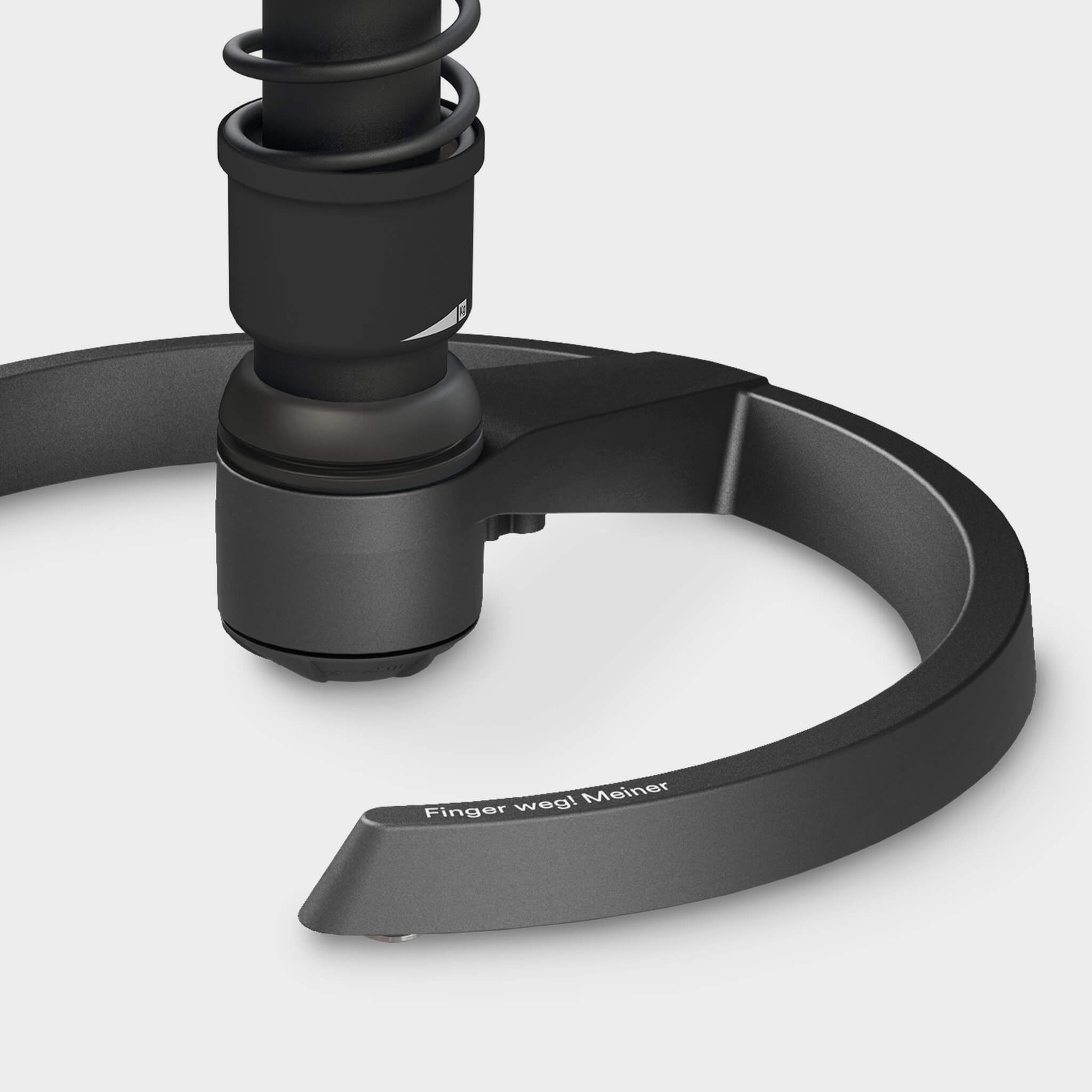Was ist der Stoffwechsel?
Stoffwechsel (auch Metabolismus) ist das, was alle lebenswichtigen Vorgänge im Körper ermöglicht. Im Prinzip ist Stoffwechsel die Biochemie innerhalb der Zellen. Nährstoffe, die mit dem Blut transportiert und verteilt werden, werden in den Zellen verwendet, auseinandergenommen, neu zusammengesetzt und umgewandelt, um wieder abgeführt zu werden. Sie werden also verstoffwechselt. Dank des Stoffwechsels nutzt und verwendet unser Körper die zugeführten Nährstoffe – das sind Vitamine, Mineralien und Spurenelemente – und setzt sie dort ein, wo sie benötigt werden. Die Steuerzentrale für den Stoffwechsel sitzt im Nerven- und Hormonsystem, das wichtigste Stoffwechselorgan ist die Leber.
Das Wichtigste zum Stoffwechsel im Überblick
Man unterscheidet verschiedene Stoffwechsel-Arten abhängig von den Substanzen, die „gewechselt“ werden. So gibt es den Kohlenhydratstoffwechsel für die Energiegewinnung, bei dem die komplexen Kohlenhydrate zunächst in einfach „verdauliche“ Zuckermoleküle zerlegt und in die Zellen transportiert werden. In den Zellen selbst findet dann der eigentliche Stoffwechsel statt. Falls der Körper bereits über genug Energie verfügt, wird dieser Einfachzucker gespeichert. Auch der Fettstoffwechsel dient der Energiegewinnung – und speichert obendrein für „schlechte Zeiten“. Der Eiweißstoffwechsel ist insbesondere für den Aufbau von Muskelzellen verantwortlich, der Mineralstoffwechsel für den Aufbau von Knochen.
Wie kann man den Stoffwechsel ankurbeln?
Wie erwähnt, sorgt der Stoffwechsel auch für das Speichern von Energie. Wer nun eine Diät macht, achtet natürlich darauf, weniger Kalorien zu sich zu nehmen als er braucht – oder den Kalorienverbrauch zu erhöhen – und so den Speicher, der sich als Fett bemerkbar macht, abzubauen. Einen Grundumsatz gibt es immer, das ist die Menge an Kalorien, die ein Körper braucht, um zu funktionieren, auch wenn er nichts tut oder schläft. Jede Aktion darüber hinaus jedoch braucht zusätzliche Energie und kann helfen, den Stoffwechsel anzukurbeln. Dennoch gibt es unterschiedliche Stoffwechseltypen und manche Menschen haben einen niedrigeren Grundumsatz, sprich, sie müssen mehr dafür tun, den Gesamtumsatz zu erhöhen und die Kalorien schneller zu verbrennen.
Grundsätzlich aber gilt, dass Bewegung bzw. zusätzliche Bewegung den Energieverbrauch erhöht und damit den Energiestoffwechsel. Für Menschen, die viel im Sitzen arbeiten, ist das einfacher gesagt als getan. Hier empfiehlt sich die kontinuierliche, sinnvolle Bewegung auch am Arbeitsplatz, am besten mit einem so genannten Aktiv-Stuhl, der dafür sorgt, dass der Nutzer sich im Sitzen mehr bewegt als auf einem herkömmlichen Stuhl. Der Aeris Swopper zum Beispiel sorgt dafür, dass der Sitzende sich mehr als doppelt so viel bewegt als auf einem herkömmlichen Stuhl oder Bürostuhl. Wie Studien beweisen kann man auf einem Aeris Swopper seinen Energieverbrauch tatsächlich um bis zu 300 Kilokalorien am Tag steigern im Vergleich zum Sitzen auf einem anderen Stuhl. Je mehr man beim Sitzen swoppt, umso besser – denn unabhängig vom Energieverbrauch wird auch die Sauerstoffversorgung im Gehirn angekurbelt, was die Laune hebt!
Weiter gedacht, kann man seinen Arbeitsplatz auch nach dem Aeris Active Office- Bewegungskonzept einrichten. Dank zweier Arbeitsflächen in Steh- und Sitzhöhe und neuer Arbeitsorganisation verschmelzen Arbeit und Bewegung vollständig miteinander, jeder Impuls, jede neue Aufgabe löst Bewegung aus und bringt so natürliche Bewegung in den Arbeitsalltag.
